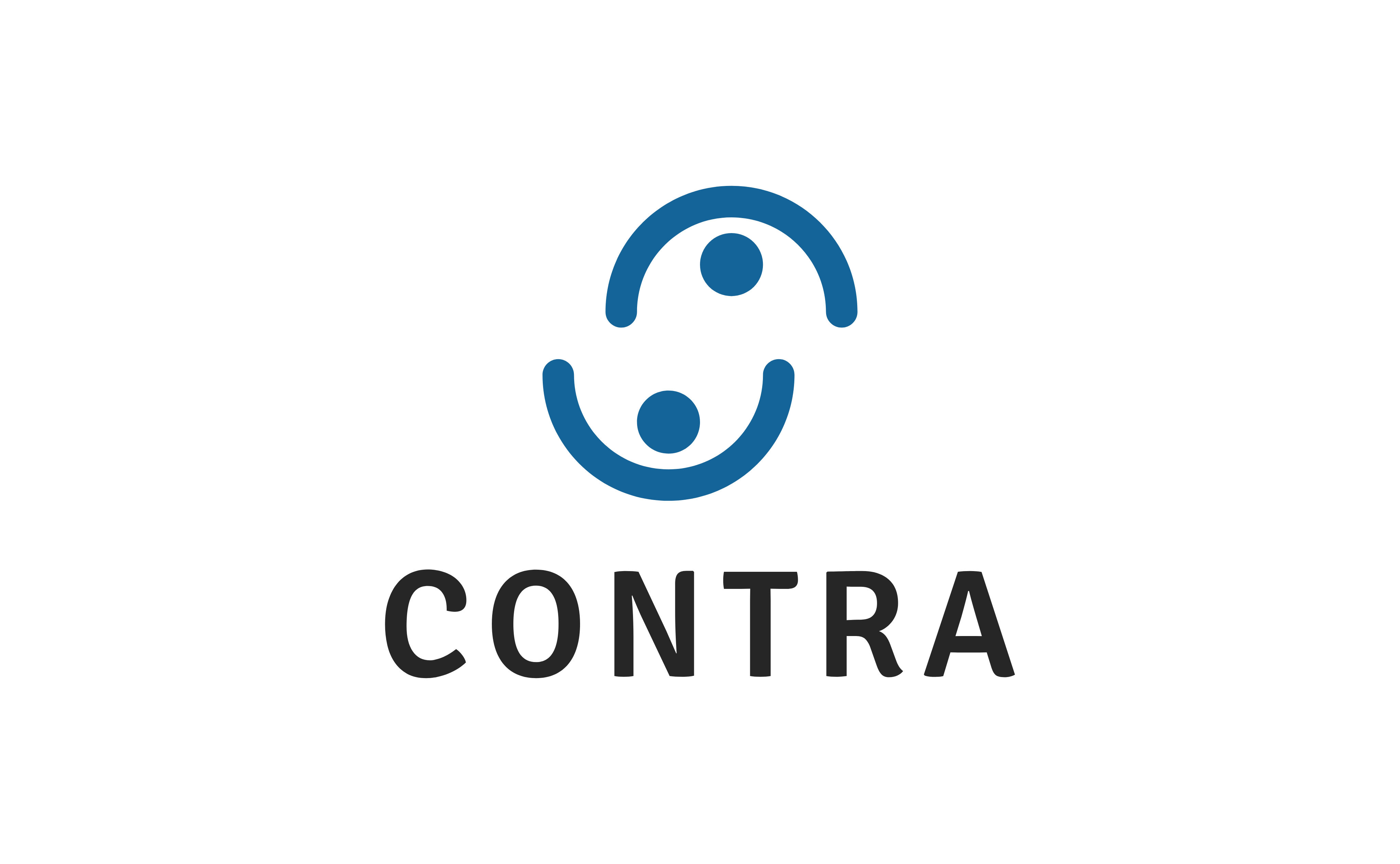
Algorithmic trading, a cornerstone of modern financial markets, leverages mathematical models to execute trades at optimal speeds and volumes. Understanding the mathematical foundations is crucial for developing robust and efficient trading algorithms. This blog post explores essential mathematical concepts vital for algorithmic trading, offering a bridge between theoretical mathematics and practical financial applications.
Probability and Statistics
At the heart of algorithmic trading lies the discipline of probability and statistics, enabling traders to assess risks, predict market movements, and make informed decisions. Key statistical measures include mean (average return), standard deviation (volatility), and correlation (relationship between asset returns). By analyzing historical data, traders can identify patterns and trends, employing strategies like mean reversion (betting that prices will revert to their average) or momentum trading (following trends).
- Mean-Reversion Strategies: Utilize the concept of statistical mean to identify overvalued and undervalued securities.
- Volatility Modeling: Employs standard deviation and variance to gauge market risk and to adapt trading strategies accordingly.
Calculus and Differential Equations
Calculus, particularly differential equations, plays a pivotal role in modeling the change in prices over time, essential for dynamic trading strategies. The Black-Scholes model, for instance, uses partial differential equations to price options, highlighting the time decay of options and the underlying asset’s volatility.
- Optimization Problems: Calculus aids in solving optimization problems, crucial for portfolio allocation and in determining the maximum profit or minimum cost scenarios.
- Dynamic Hedging: Involves calculus to adjust the hedge positions dynamically as market conditions change.
Linear Algebra
Linear algebra is instrumental in portfolio optimization and risk management. Matrix operations can handle complex systems of equations that describe multiple financial instruments, enabling the analysis of portfolio diversification and the calculation of the optimal asset mix.
- Markowitz Portfolio Theory: Utilizes linear algebra to optimize portfolio returns for a given level of risk, based on the covariance matrix of asset returns.
- Factor Models: Such as the Capital Asset Pricing Model (CAPM) and Arbitrage Pricing Theory (APT), use linear algebra to explain returns with factors affecting all securities.
Algorithm Complexity and Computational Mathematics
Understanding the computational complexity of algorithms is critical to ensure they can execute trades swiftly and efficiently. Algorithmic traders often employ numerical methods to solve mathematical problems that cannot be solved analytically, such as those found in options pricing models.
- Time Complexity: Refers to how the execution time of an algorithm changes as the size of the input data increases.
- Numerical Optimization: Used for finding the best possible solution under given constraints, essential for executing large orders without significantly impacting the market price.
Machine Learning and Data Analysis
Machine learning, a subset of artificial intelligence, leverages algorithms to parse data, learn from it, and make predictions. In algorithmic trading, machine learning models can predict price movements based on historical data and execute trades based on these predictions.
- Supervised Learning: For predictive modeling of financial time series data.
- Unsupervised Learning: To identify patterns or clusters in trading data without prior labeling.

Leave a Reply